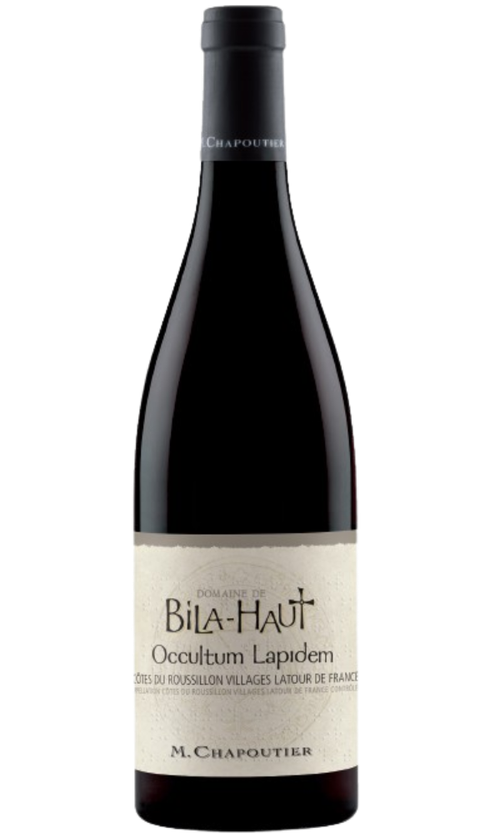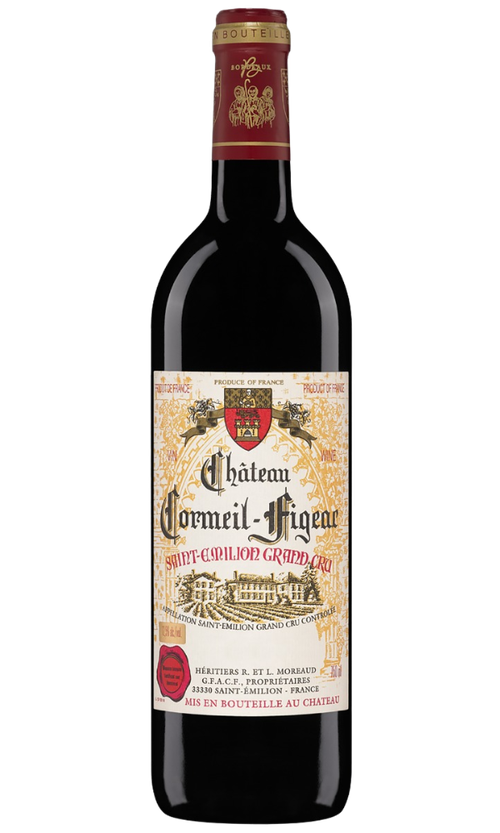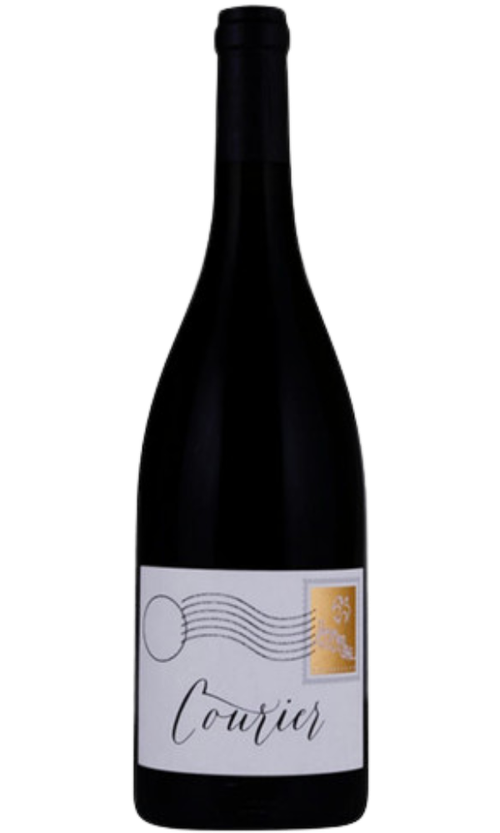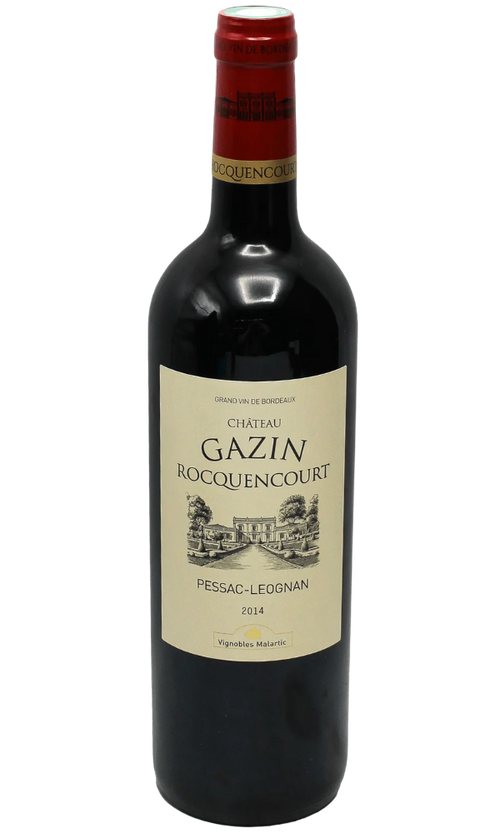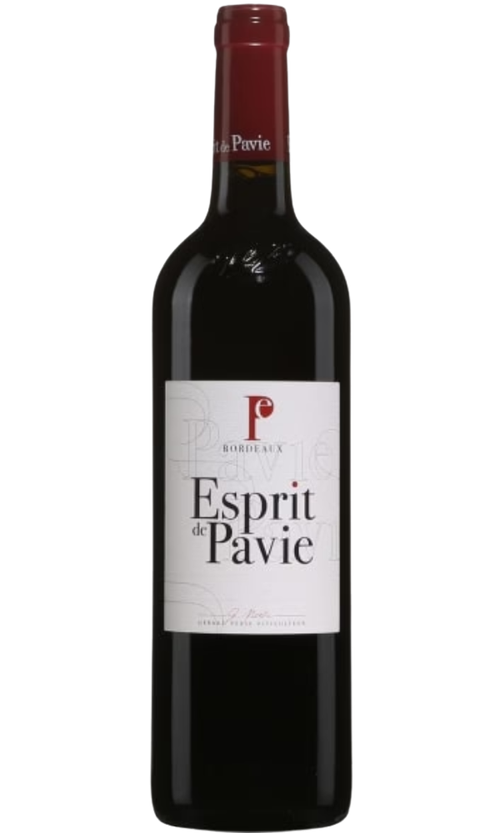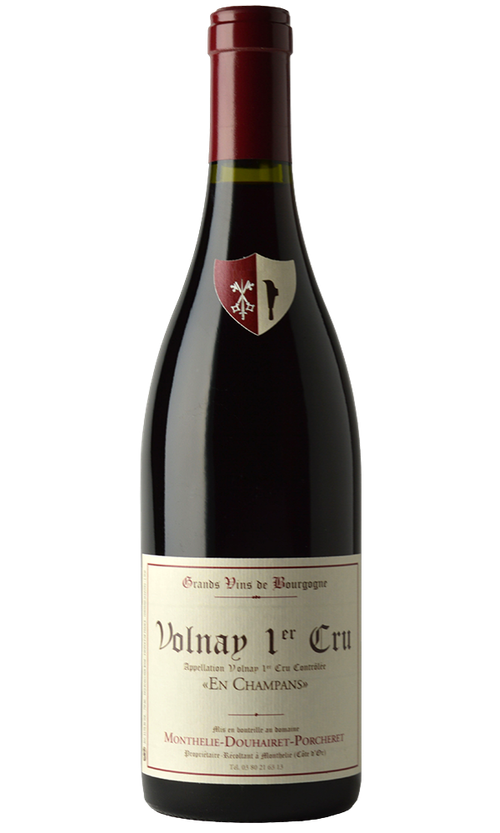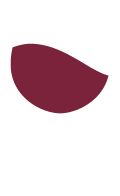
The Grande Dame of Saint-Émilion

- 97 pts Wine Enthusiast97 pts WE
- Curated by unrivaled experts
- Choose your delivery date
- Temperature controlled shipping options
- Get credited back if a wine fails to impress
2014 Chateau Figeac Saint-Emilion Premier Grand Cru Classe 750 ml
- Curated by unrivaled experts
- Choose your delivery date
- Temperature controlled shipping options
- Get credited back if a wine fails to impress
Outpointing Cheval Blanc, Figeac Steals the Show in Saint-Émilion
Outpointing Cheval Blanc, Figeac Steals the Show in Saint-Émilion
Today’s story is an object lesson in how to shop for collector-worthy Bordeaux without breaking the bank.
Château Figeac is among the Right Bank’s iconic Premier Grand Cru estates in Saint-Émilion—owning another parcel of land that later became the emblematic Cheval Blanc. In 2014, Figeac produced a stunningly age-worthy specimen that outpointed Cheval Blanc and tied both Premier Grand Cru Classé “A” estates Ausone and Angelus for the top spot on Wine Enthusiast’s honor roll. Raking in 97 points, it is the magazine’s “beautifully dense” Cellar Selection bargain of the 2014 vintage.
Experts predict Figeac, a mainstay of blue-chip wine lists like The French Laundry’s, is headed for Grand Cru Classé “A” status in the next reclassification. If it’s current standing (see our chart) is any indicator, that means this could be one of your last chances to score this fantastically structured Right Bank Bordeaux at under $200.
The 2014 vintage had every critic raving: Vinous warned “you would be foolish to miss this gem,” while Robert Parker’s Wine Advocate named it “a great Figeac” that “should not be underestimated.” Like 2008, the 2014 vintage has proved a sleeper in Bordeaux, offering some of the region’s best values in a decade thanks to the mad dash to buy up high-priced 2015s and 2016s.
The Grande Dame of Saint-Émilion, Château Figeac has for decades produced wines idolized for their polished elegance, perfect tannic structure, and extraordinary cellaring potential. For 63 years, Figeac had a relentlessly steady hand at the wheel. That hand was Thierry Manoncourt’s, one of the last legendary members of the Bordeaux old guard, who oversaw Figeac for most of his life and guided the estate’s rigorously classicist path to excellence.
When we visited Manancourt in 2009, the year before he passed away, he emphasized that he didn’t even touch the bottles for himself or guests of Château Figeac until they’d been resting at least a decade—a testament to the incredible age worthiness of these magnificent clarets.
Beginning in 2013, the estate brought on Michel Rolland to some hand-wringing among traditionalists, apprehensive that the classic Figeac character, passed down through generations, was in danger of changing course. Those fears were unfounded. Rolland and current winemaker Frédéric Faye have only brought the wines into sharper focus, and racked up scores in Robert Parker’s Wine Advocate that are flirting with perfection. The publication recently declared: “Figeac continues along its upward trajectory in terms of heights of greatness and consistency.”
Château Figeac’s trademark rich, chiseled bouquet and unmatched sturdiness in the bottle can both be traced back to the property’s deep, tough, gravel soils—rare for the appellation—which allows Cabernet Sauvignon to mature and ripen fully. The singular terroir, in turn, is reflected in Figeac’s unusual blend of almost equal parts Cabernet Sauvignon, Cabernet Franc, and Merlot.
While Bordeaux’s buzzworthy 2015 and 2016 vintages generated a flurry of buying and soaring prices, value-minded buyers have arguably made some of the best purchases from 2014, a quieter but excellent vintage that Antonio Galloni called “the finest vintage since 2010.”
There is no doubt this vintage will cellar beautifully into the next two decades; and thanks to Rolland’s influence, it’s already drinking attractively, making it a Bordeaux that Napa drinkers can rally around as well. Just be sure to stash away your share of Figeac now, while prices are a third of the Saint-Émilion standard.
You might also like these wines
- You're on page




